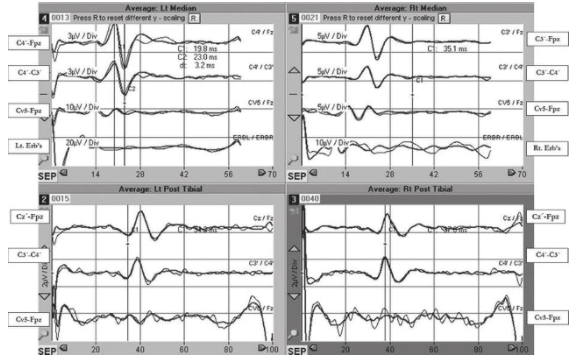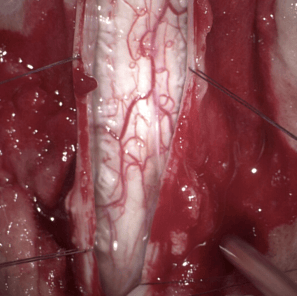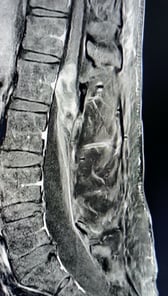INTRAMEDULLARY SPINAL CORD TUMOURS
Intramedullary spinal cord tumours are rare lesions of the central nervous system. They are situated within the spinal cord. One of the common sites for such tumours is conus (distalmost end of the spinal cord) and the collection of nerves at the end of the spinal cord is known as the cauda equina (due to its resemblance to a horse's tail).
It can cause urinary retention, which is the most common symptom of urinary and/or fecal incontinence, “Saddle anesthesia” sensory disturbance, which can involve the anus, genitals, and buttock region, Weakness or paralysis of usually more than one nerve root or Pain in the back and/or legs (also known as sciatica).
The treatment is usually surgery to establish the diagnosis and excise the tumour. CUSA (Cavitron Ultrasonic Surgical Aspirator) is very useful during such surgeries. It uses low-frequency ultrasound energy to dissect or fragment the tumor, without causing any traction on surrounding neural tissue.
The gold standard in intramedullary lesion treatment is maximal safe resection with good neurological outcomes. The use of intraoperative neuromonitoring (IONM) is helpful in intramedullary tumours resection in order to minimize postoperative neurological deficits with maximal tumour removal.
Tumour within the spinal cord
Tumour inside the spinal cord


SSEP during intramed spinal cord tumours






